Ganjala Chuli, also known as Naya Kanga, stands at 5,844 meters (Naya Kaga) and is renowned as one of the most adventurous climbing spots in Nepal, incorporating the Langtang-Helambu trek. The Langtang region is celebrated for its accessibility, making it a prime destination for climbers ranging from novices to experience. This area is surrounded by snow-capped peaks perfect for acclimatization and offers breathtaking panoramic views of the mountains in Nepal and Tibet. Among these are Langshisa Ri, Pemthang Ri, Shisapangma, Langtang Lirung, Pemthang Kapro Ri, and Langtang II. The typical ascent route for Naya Kanga is via the northeast ridge, across ice and snow.
The approach to Naya Kanga begins with the Langtang trek to Kyangjin, where climbers can acclimatize on nearby hills with stunning views. Northeast of Kyangjin RI, Yala Peak, and Tsergo Peak serve as excellent acclimatization climbs. The climb to Naya Kanga involves crossing the Langtang Khola, ascending through rhododendron and juniper forests, and then through yak pastures to Ngegang. From here, the path leads steeply through moraine to Ganja La, then onto the glacier shelf beneath Naya Kanga’s northeast face, where a high camp is established. The ascent involves crossing the glacier to a couloir that leads to the north ridge, tackling a technical ice section, and navigating the summit ridge to the peak. The summit climb typically takes 5-7 hours from high camp, with the descent following either the Ganja La-Helambu route or retracing the approach through Dhunche.
Climbing Naya Kanga Peak (5,844 meters), located in the beautiful Langtang region, is considered a moderately challenging expedition. This peak is ideal for climbers who have some trekking experience and basic mountaineering knowledge. The route includes steep ascents, glacier crossings, and snow-covered slopes that require the use of climbing equipment such as ropes, crampons, and ice axes. Proper acclimatization, physical fitness, and mental determination are essential, especially for crossing high passes and handling unpredictable mountain weather.
With Nature Heaven Treks and Expedition, climbers are fully supported by an experienced team of guides and porters. Our itinerary includes gradual altitude gain, proper acclimatization days, and thorough safety checks to make the journey safer and more enjoyable. Whether you are a beginner looking to step into mountaineering or an experienced climber seeking a Himalayan adventure, Naya Kanga Peak offers a rewarding experience with stunning views of Langtang Lirung, Ganesh Himal, and the Tibetan peaks.
Naya Kanga Peak (5,844m), also known as Ganja La Chuli, is a popular trekking peak in the Langtang region of Nepal. With its breathtaking Himalayan scenery, rich Tamang culture, and moderate technical challenge, it offers an excellent opportunity for both trekkers and aspiring climbers. The route passes through beautiful forests, alpine meadows, and traditional villages before reaching the high camp and summit. The climb itself involves basic mountaineering skills, making it a great choice for those looking to step into the world of peak climbing in Nepal.
Nature Heaven Treks and Expedition offers a carefully designed itinerary for Naya Kanga Peak, combining acclimatization, cultural exploration, and climbing preparation. Our experienced guides ensure your safety and comfort throughout the journey, from Kathmandu to the summit and back. Whether you’re seeking a rewarding adventure or dreaming of standing on a Himalayan peak, Naya Kanga delivers unforgettable views of Langtang Lirung, Shishapangma, and beyond—perfect for those seeking both adventure and serenity in one journey.
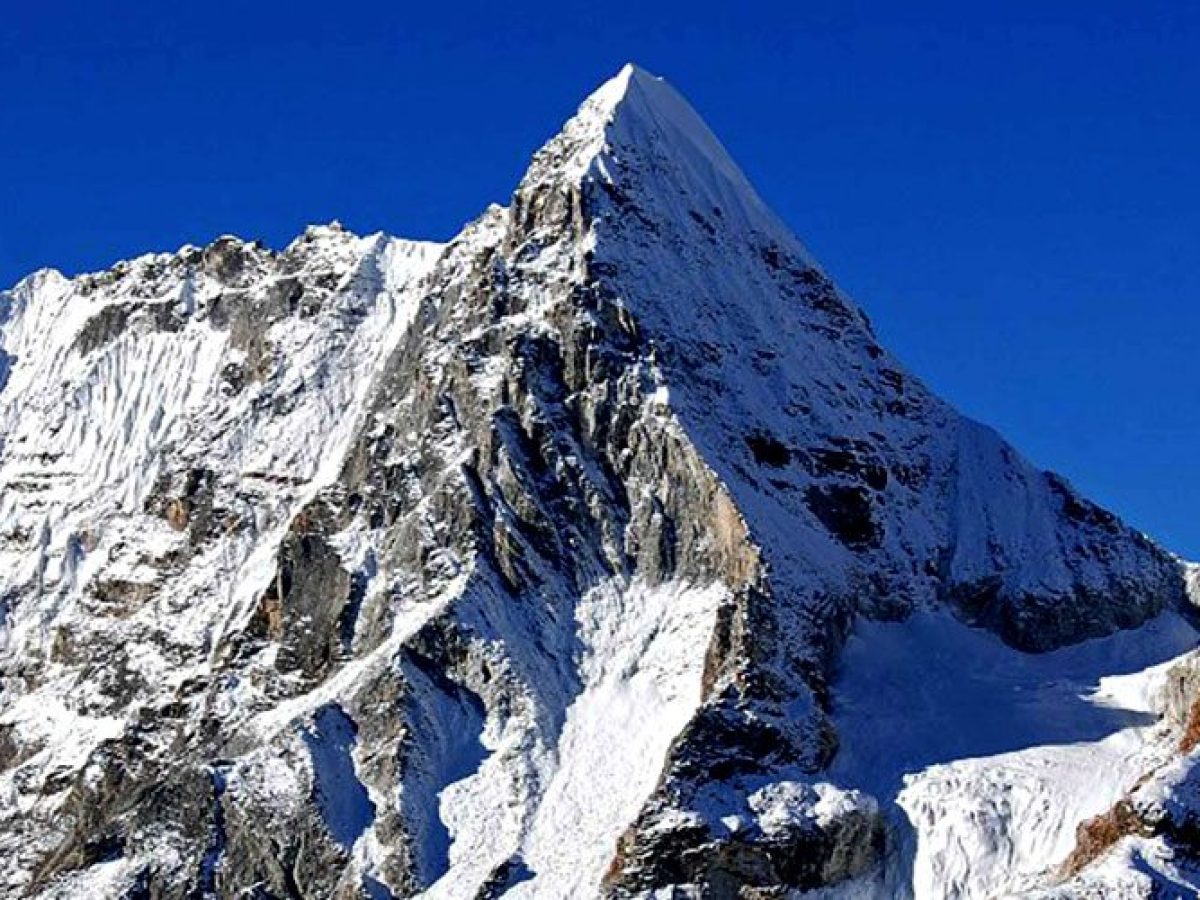
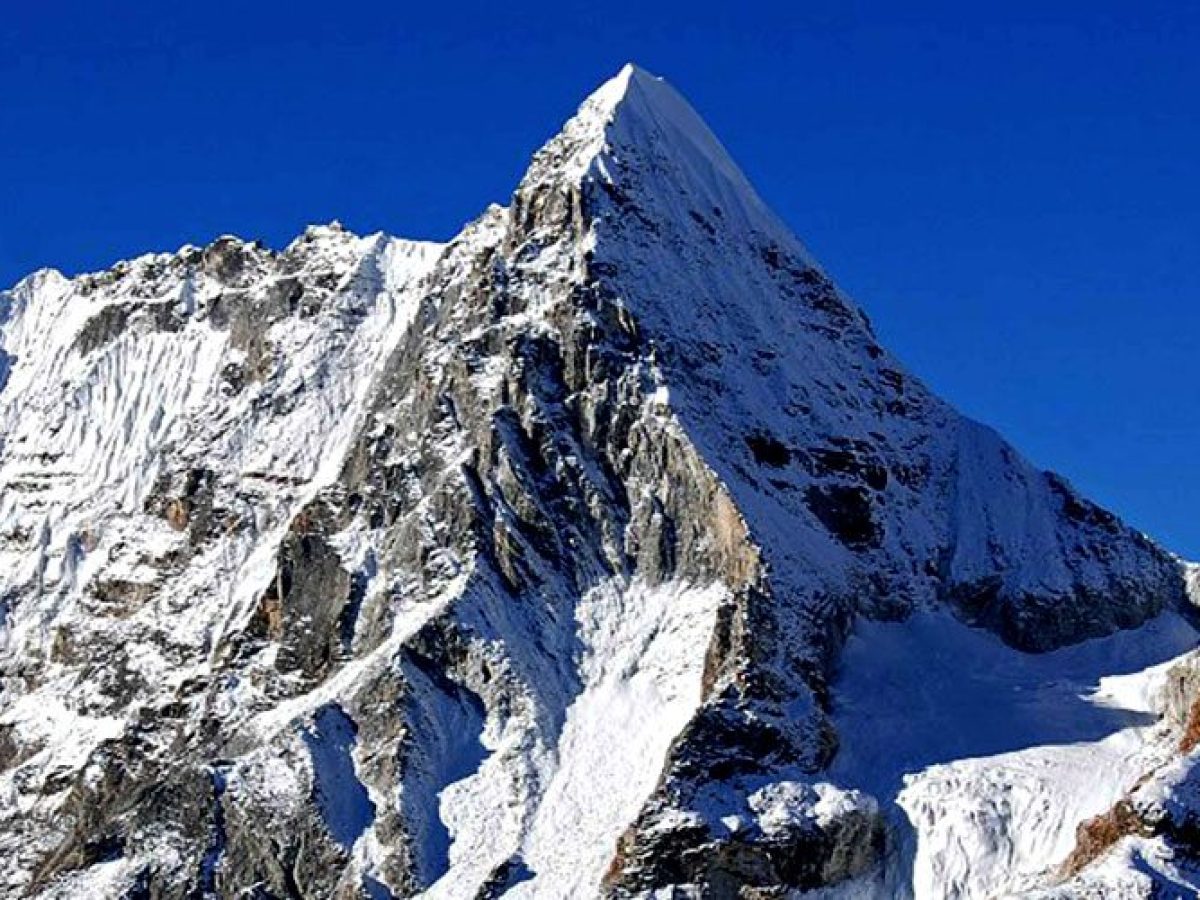

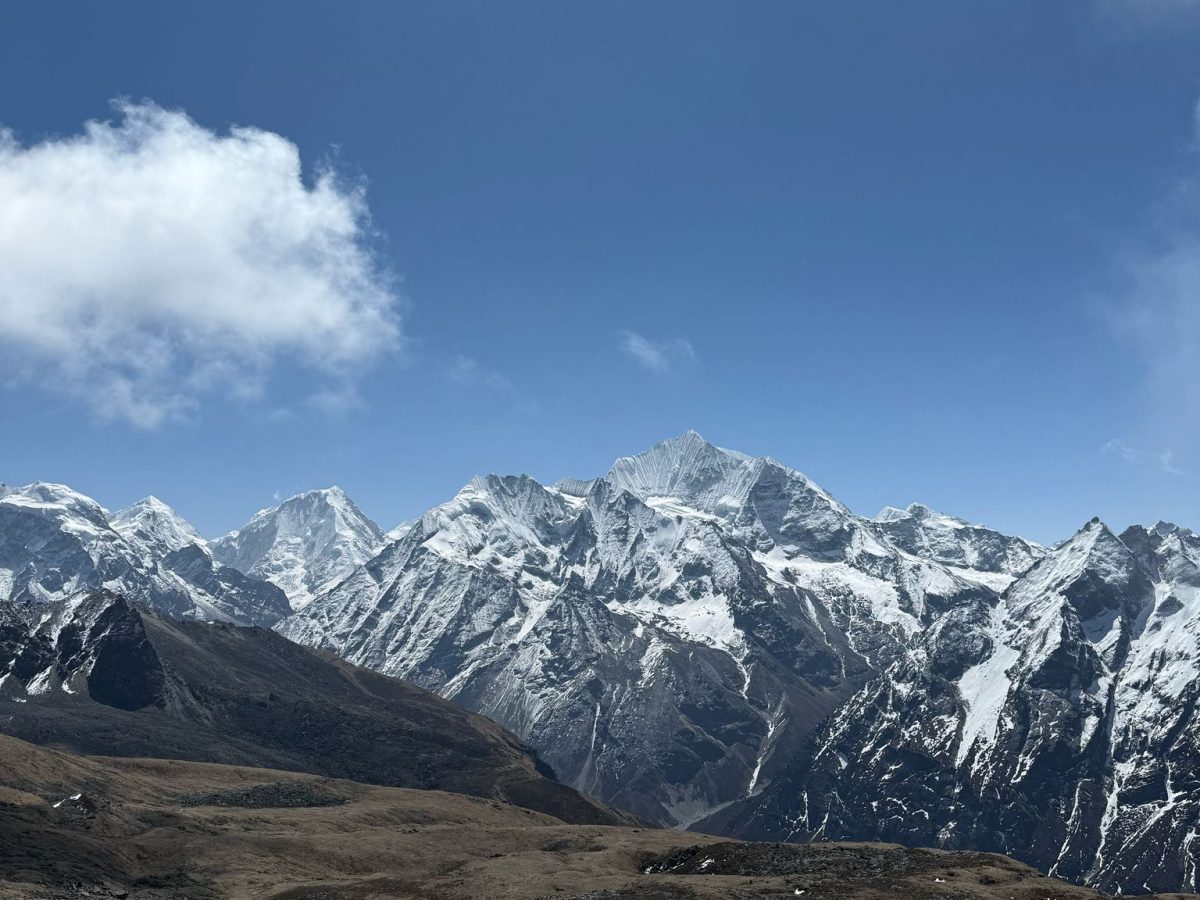
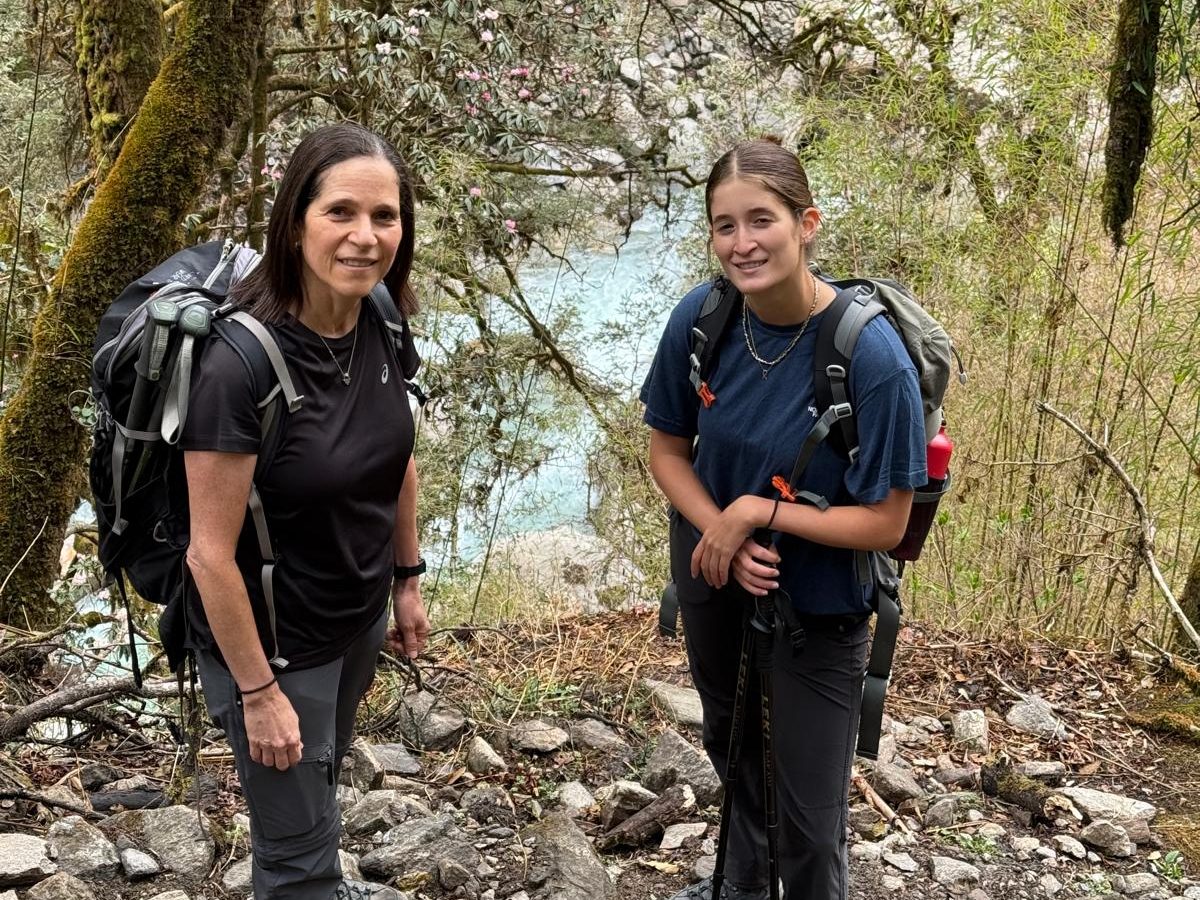

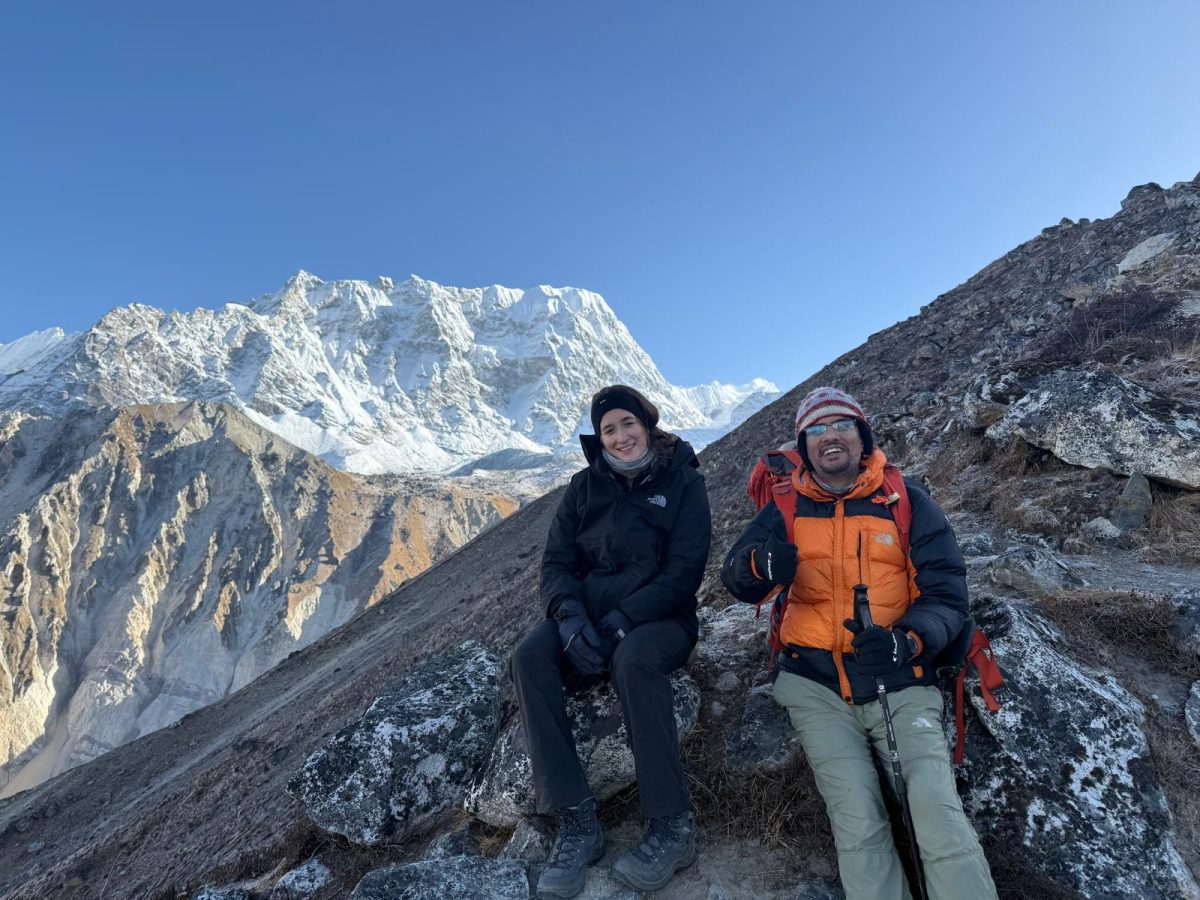
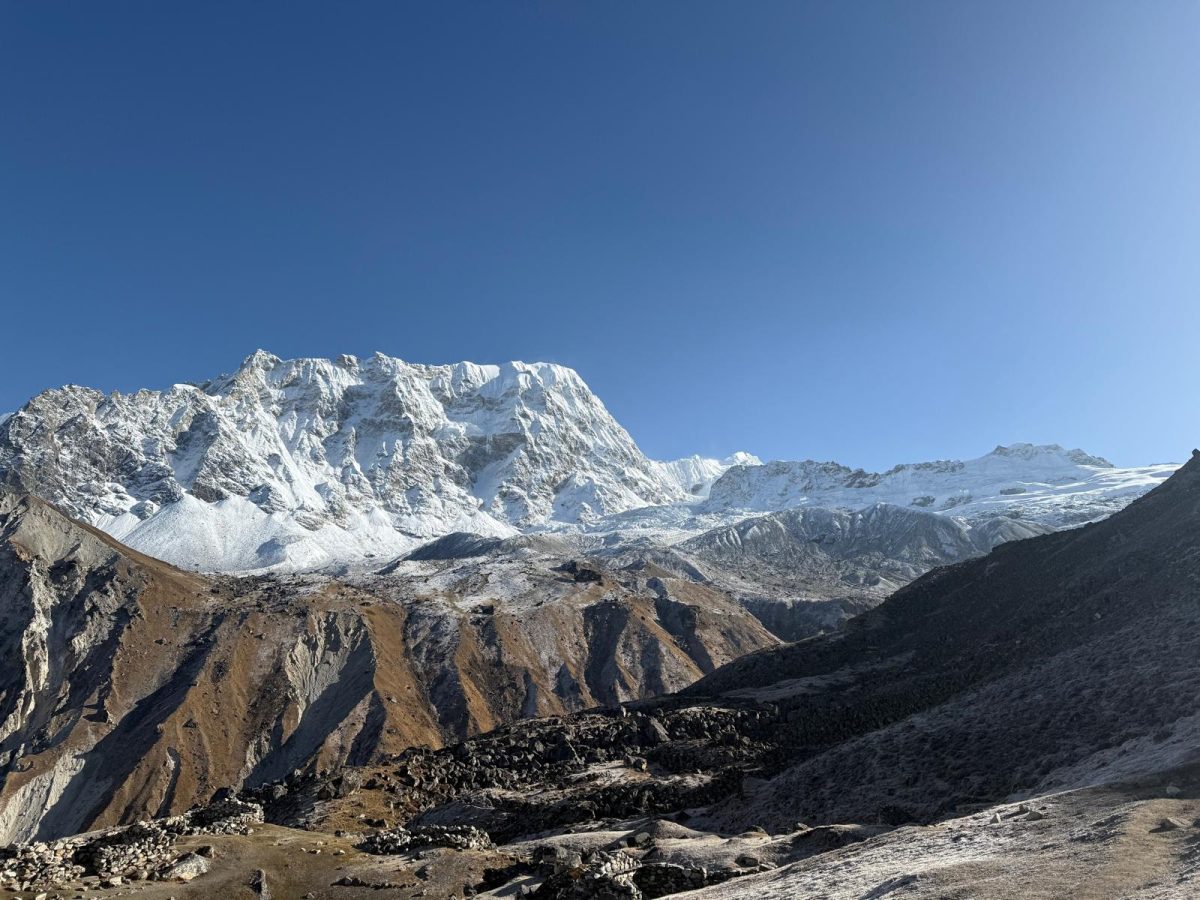
Welcome to Nepal!
Upon your arrival at the airport, our friendly team will be there to greet you with a warm smile. Look out for a staff member holding a nameplate with your name at the terminal gate for easy identification. From there, you’ll be comfortably escorted to your hotel.
This marks the beginning of your unforgettable Nepal journey. Once you’ve settled in, feel free to unpack, relax, or explore the vibrant surroundings of your hotel at your own pace.
In the evening, join us for a delightful welcome dinner at a traditional local restaurant. It’s the perfect opportunity to meet your fellow travelers and our team, share stories, and get a taste of Nepalese hospitality.
After dinner, you’re invited to experience the lively energy of Thamel — Kathmandu’s buzzing hub of shops, cafes, and nightlife. Soak in the atmosphere before returning to your hotel for a restful night’s sleep, ready to begin your adventure.
Today’s itinerary is jam-choked with cultural immersion as you explore many of Kathmandu’s most important and historic sites with one of our friendly tour guides. Your journey begins at the long-lasting Swayambhunath Temple, affectionately called the Monkey Temple, which offers panoramic views of the town from its hilltop location. Next, you’ll visit Pashupatinath Temple, a serious pilgrimage destination for Hindus, followed by a stop at Boudhanath Stupa, the most important stupa in Nepal, showcasing exquisite Tibetan Buddhist architecture.
The tour concludes at Kathmandu Durbar Square, an “open museum” of palaces, courtyards, and temples, vibrant with the bustling local market and various eateries. After exploring these rich cultural sites, you will have time to rest before we meet again in our office for a trek briefing. tonight, we are going to finalize your preparations for the Langtang Valley trek, including packing and last-minute shopping, while our team handles all necessary trek permits. This ensures a smooth start to your upcoming adventure.
Your journey on the Northern Highway from Kathmandu transitions beautifully through Middle Hill forest and farmland, crossing the Tadi Khola at Devighat before navigating the Trisuli Valley. Ascending through rhododendron forests, the route reaches Thulo Bharku, a quaint Tamang village at 2,140 meters. Here, you’ll enjoy lunch in a grove, savoring views of the majestic Ganesh Himal and therefore the ranges along the Tibetan border. The trail then gently descends to Thulo Syabru, a Tamang heritage village, where you’ll spend the night. This trek offers a mix of natural beauty and cultural insight, making it a memorable experience.
Today’s trek begins by winding down from the village ridge to U Kang and descends towards the Langtang Khola, which originates from the Langtang Glacier on Langtang Ri. This glacier is notably near the Tibetan border. At a T-junction, you’ll turn east onto a trail that runs high above the south bank of the river, passing through diverse forests of oak, rhododendron, and bamboo.
These forests are home to an array of wildlife, including numerous bird species, grey langurs, red pandas, wild boars, and Himalayan black bears. The trek continues to Bamboo, located at 1,930 meters, where the trail crosses to the northern side of the stream and moves into the drier scrub forest. Along this segment, you’ll pass several beautiful waterfalls before climbing to the split village of Renche at 2,400 meters.
From Renche, the trail rises gently to Changtang then on to the Lama Hotel, where you’ll spend the night. This leg of the journey offers not only a chic natural setting but also a superb opportunity to watch wildlife in their natural habitat.
Today’s trek starts with a mild climb through a stunning mixed forest of rhododendron, oak, hemlock, and maple, gradually becoming steeper. As you ascend, you’ll catch intriguing glimpses of the towering Langtang Himal to the north. The trail then descends to a quaint teahouse by the river, providing a peaceful spot for an occasion before climbing to Ghora Tabela, a settlement that features a hotel and a military post, located at 2,970 meters.
The journey continues into the broad, U-shaped valley shaped by the Langtang, Shalbachum, and Lirung Glaciers. As you climb the hillside, you’ll traverse scrub forests and terraced fields where local staples like barley, buckwheat, and potatoes are cultivated. the trail then leads you through the villages of Thangshyap, Chamki, and Ghumba, the latter featuring a motivating gompa (monastery).
Along the way, you will see water-driven prayer wheels and mills, elements typical of the region’s spiritual existence. The trek concludes for the day in the village of Langtang, located at 3,430 meters, in its stunning valley. This village was the previous headquarters of Langtang Park and offers a major place to rest and reflect on the journey. Overnight in Langtang allows for a deeper appreciation of the local culture and natural surroundings.
After departing Langtang village, your trek quickly results in Mundu, a little settlement reached within half an hour. Mundu showcases traditional houses and offers several teahouses catering to trekkers, providing a glimpse into the local lifestyle. Continuing from Mundu, the route ascends through picturesque yak pastures and crosses several bridges thanks to Kyanjin Gompa. Given the short distance from Langtang to Kyanjin Gompa, you will have ample time to explore the realm later in the day.
Kyanjin Gompa is thought for its local cheese factory and an ancient monastery. Visiting the cheese factory, you’ll need the chance to look at the cheese-making process and sample a number of the delicious products. Additionally, if you’re up for more adventure, an optional hike to Kyanjin Ri could be a fantastic choice. This vantage offers a shocking opportunity to witness an exquisite sunset together with breathtaking views of mountains like Dorje Lakpa, Langshisha, and Gang Chenpo. This part of the trek not only immerses you in the natural great things about the region but also offers a taste of local culture and culinary traditions.
Today is an important acclimatization day to assist minimize the danger of Acute altitude sickness (AMS). the recommendation from experts is to “climb high and sleep low,” which implies engaging in light activity even during rest days to regulate the altitude effectively.
A recommended activity may be a morning hike to Tsergo Ri, which stands at an elevation of 5,000 meters. From the summit, you will be rewarded with stunning panoramic views of the glacier tumbling from Langtang Lirung, the very best peak within the area at 7,227 meters, and other significant peaks like Kinshung, Yansa Tsenji, Dorje Lakpa, Ganchenpo, Dshabu Ri, and Urking Kanggari. Additionally, you’ll be able to glimpse Shisha Pangma, located just beyond the border in China, notable as China’s only 8,000-meter peak.
After descending back to the teahouse for lunch, the afternoon is ideal for exploring the Kyanjin Valley and its glaciers more easily. This acclimatization day isn’t only beneficial for your health but also allows you to deeply appreciate the majestic surroundings. Overnight are at the teahouse, ensuring a restful end to a lively day.
After breakfast, we start our trek from Kyanjin Gompa toward the Naya Kanga Base Camp at an elevation of around 5,000 meters. The trail gradually ascends through rugged alpine terrain, offering incredible views of the surrounding snow-capped peaks like Langtang Lirung, Yala Peak, and Tserko Ri. As we leave the last settlement behind, the landscape becomes more remote and pristine, with silence broken only by the sound of wind and the occasional chirping of high-altitude birds.
The trek to base camp takes us through moraines and rocky paths, requiring steady pace and proper acclimatization. Our experienced guides ensure safety and provide support throughout the climb. Upon reaching base camp, we set up our tents and enjoy a warm, hearty meal prepared by our team. The surrounding panoramic mountain views from the base camp are truly spectacular, setting the stage for the exciting climb ahead. We take time to rest, hydrate, and prepare our gear for the next day’s climbing activities.
After breakfast, we begin a short hike around the Naya Kanga Base Camp to help with acclimatization and prepare our bodies for the upcoming summit push. The base camp, located at 5,410 meters, offers incredible panoramic views of the surrounding snow-capped peaks and deep alpine valleys. This rest day is essential for adjusting to the high altitude and regaining strength before the technical climb ahead.
During the day, our climbing guide will conduct a brief training session to review the use of climbing gear such as harnesses, ropes, ice axes, and crampons. This is a great opportunity for both beginners and experienced climbers to familiarize themselves with the techniques required for a safe ascent. The peaceful environment and stunning Himalayan backdrop also provide time to relax, reflect, and mentally prepare for the adventure that lies ahead.
We spend the rest of the day hydrating well, enjoying warm meals prepared by our crew, and getting ample rest inside our tents. As night falls, the clear sky often reveals countless stars over the white peaks, offering a magical moment of calm before tomorrow’s challenge.
After breakfast, we start trekking from Naya Kanga Base Camp towards the High Camp, gradually ascending through rocky terrain and icy trails. This section of the route becomes more challenging as we gain elevation, and the air grows thinner. The trail offers stunning views of the surrounding Langtang peaks, including Langtang Lirung and Ganchenpo, which inspire us with every step. Our experienced guides set a steady pace, ensuring proper acclimatization and safety as we approach the higher altitude.
Upon reaching the High Camp at 5,297 meters, we take time to rest and adjust to the elevation. The camp is strategically located to provide good shelter and a stunning panorama of snow-capped mountains. Our team will set up tents, prepare warm meals, and make final checks on climbing gear. In the evening, we’ll go over summit day plans, review safety protocols, and rest early in preparation for the next day’s big climb to the summit of Naya Kanga Peak.
After breakfast, we start trekking from the high camp towards the summit of Naya Kanga Peak (5,846m). The trail begins with a gradual climb over rocky terrain, then becomes steeper as we ascend the snow-covered slopes. This section requires the use of crampons, ropes, and ice axes, and our experienced climbing guides will lead the way with full safety support. The climb typically takes 6 to 8 hours depending on weather conditions and climber fitness, so we start early to make the most of stable morning weather.
As we near the summit, the effort is rewarded with stunning panoramic views of the Langtang Himalayan range, including Langtang Lirung, Dorje Lakpa, Pemthang Ri, and even distant peaks in Tibet like Shishapangma. Standing on the summit is a thrilling and emotional experience—truly a once-in-a-lifetime moment for many climbers. After taking some time to enjoy the scenery and capture photos, we carefully descend back to high camp, where we rest and reflect on the incredible achievement of summiting Naya Kanga.
After breakfast, we start trekking early in the morning, heading toward the summit of Naya Kanga Peak (5,844m). The climb begins with a gradual ascent over rocky terrain, followed by a steep and snowy slope leading to the summit ridge. Using crampons, ice axe, and ropes as needed, we steadily move upward under the guidance of our experienced climbing guide. The climb requires both physical endurance and mental focus, especially in the final stretch. Once at the summit, we are rewarded with stunning panoramic views of the Langtang Himal, Shishapangma (8,013m), Dorje Lakpa, and other snow-covered giants of the region.
We take some time at the top to capture the beauty and sense of achievement before beginning our descent. Carefully retracing our steps, we descend from the summit back to high camp and continue down to Base Camp. The return journey is physically easier but requires attention due to the steep sections. Upon reaching Base Camp, we rest and reflect on the incredible accomplishment of summiting one of Nepal’s most accessible yet beautiful trekking peaks. The evening is spent enjoying a warm meal and sharing stories of the day’s adventure with fellow climbers.
After breakfast at Lama Hotel, we begin our trek towards Syabru Village, a charming settlement nestled in the Langtang region. The trail leads us through lush forests of rhododendron, pine, and oak, with the fresh mountain air energizing every step. As we walk, the stunning views of the surrounding peaks gradually unfold, offering glimpses of Langtang Lirung towering in the distance. The path gently ascends and meanders alongside the Langtang River, allowing us to immerse ourselves in the natural beauty and peaceful atmosphere of the Himalayas.
Along the way, we may encounter local Tamang villagers going about their daily lives, providing an authentic cultural experience. Syabru Village itself is a quaint, traditional mountain community where we can rest and enjoy the warmth of local hospitality. The village is surrounded by terraced fields and offers spectacular panoramic views of the snow-capped peaks above. Arriving here marks a rewarding midpoint in our trek, setting the stage for the adventures ahead as we continue deeper into the Langtang Valley.
After breakfast, we start trekking from Langtang Village and begin our descent toward Lama Hotel. The trail follows the same route we took earlier, but the downhill walk offers a different perspective of the surrounding landscapes. As we pass through small Tamang settlements and lush forests, you’ll notice how the scenery shifts—mountains slowly fade into the background while dense rhododendron and oak forests take over. Along the way, we cross several suspension bridges over the Langtang River, adding excitement to the otherwise peaceful walk.
The trail gently descends through Ghodatabela, where we may take a short rest and enjoy some tea while taking in the views one last time. From here, the path continues through serene pine forests and waterfalls, offering a tranquil environment perfect for reflection after the adventures in the higher elevations. Though the day is mostly downhill, it’s important to walk carefully, especially on rocky and slippery sections of the trail.
After breakfast at Lama Hotel, we begin our trek towards Syabru Village, a charming settlement nestled in the Langtang region. The trail leads us through lush forests of rhododendron, pine, and oak, with the fresh mountain air energizing every step. As we walk, the stunning views of the surrounding peaks gradually unfold, offering glimpses of Langtang Lirung towering in the distance. The path gently ascends and meanders alongside the Langtang River, allowing us to immerse ourselves in the natural beauty and peaceful atmosphere of the Himalayas.
Along the way, we may encounter local Tamang villagers going about their daily lives, providing an authentic cultural experience. Syabru Village itself is a quaint, traditional mountain community where we can rest and enjoy the warmth of local hospitality. The village is surrounded by terraced fields and offers spectacular panoramic views of the snow-capped peaks above. Arriving here marks a rewarding midpoint in our trek, setting the stage for the adventures ahead as we continue deeper into the Langtang Valley.
After breakfast, we will begin our drive from Thulo Syabru back to Kathmandu. The journey takes you through scenic mountain roads lined with terraced fields, traditional villages, and lush forests. Along the way, you can enjoy stunning views of the surrounding Himalayan peaks and the peaceful countryside. The drive typically takes around 6 to 7 hours, depending on road conditions and traffic, offering a comfortable and relaxing way to conclude your trekking adventure.
During the drive, there will be opportunities to stop for refreshments and photos, allowing you to soak in the beauty of rural Nepal one last time before arriving in the bustling capital city. Once in Kathmandu, you’ll be transferred to your hotel where you can rest and reflect on the memorable experiences from your trek with Nature Heaven Treks and Expedition. This drive marks the end of your trek, but the memories and stories will stay with you forever.
We begin the final leg of our journey by trekking back towards the trailhead. This last stretch allows you to soak in the serene natural beauty one more time, reflecting on the incredible experiences and stunning landscapes you’ve encountered along the way. The path gently descends through lush forests and charming villages, giving a peaceful end to your adventure in the mountains.
Once we reach the trailhead, transportation will be arranged to take you back to Kathmandu or your next destination. Our team will ensure a smooth transfer, allowing you to relax after your trek. This marks the conclusion of your unforgettable trip with Nature Heaven Treks and Expedition, leaving you with lasting memories of Nepal’s majestic peaks and warm hospitality.
✔️ Private pickup from Tribhuwan International Airport and drop-off at your hotel upon arrival.
✔️ Jeep ride from Kathmandu to Syabrubesi .
✔️ Jeep ride from Syabrubesi to Kathmandu
✔️ 2 nights in Kathmandu on a bed and breakfast (BB) basis. 4-5 Star Hotel
✔️ 7 nights in mountain teahouses (twin-sharing.
✔️ 9 breakfasts, 8 lunches, and 8 dinners during the trek. Meals include traditional dal bhat, noodles, momos, pasta, and soups.
✔️ Purified drinking water (Ef-Chlor water purification tablets) provided throughout the trek.
✔️ Certified, English-speaking trekking guide with first-aid training.
✔️ Assistant guide for groups of 6+ members.
✔️ All staff wages, meals, and equipment covered.
✔️ Required trekking permits for the Manaslu region.
✔️ All applicable taxes, service charges, and VAT.
✔️ Porter for Luggage Carrying: (each porter can carry up to 25 kg; one porter for two trekkers is recommended).
✔️ All staff wages, meals, and equipment are covered.
✔️ Complimentary langtang trekking map.
✔️ Sleeping bag rated up to -20°C.
✔️ Duffel bag (70–80L) if using porter service.
✔️ First-aid medical kit carried by your guide.
✔️ Free luggage storage during the trek.
✔️ Completion certificate.
✔️ Nature Heaven Treks souvenir T-shirt.
✔️ Farewell dinner in Kathmandu after the trek.
❌ International flights, Nepal visa fees, and personal travel insurance are not included.
❌ Extra costs during the trek, such as hot showers, Wi-Fi, drinks, extra meals, and battery charging.
❌ Any additional nights or meals in Kathmandu beyond what’s included in the package.
❌ Tips for your guide and porter.
❌ Any services not specifically mentioned under “Included in the Cost.”
Enjoy complete flexibility with private departures available year-round. You can choose your preferred start date, and we’ll handle all the arrangements. Just use the booking form on the top right to select your date and leave the rest to us.
Once you book, your trip is 100% guaranteed – even if you’re the only one. We don’t cancel based on low enrollment. Every trekker receives the same high-quality service, whether solo or in a small group.
If your plans change, you have options. Cancel at least 30 days before departure for a full deposit refund. If canceling within 30 days, your deposit stays safe with us and can be used to reschedule your trek for any future date that suits you.
The best times to trek the Langtang Valley are spring (March to May) and autumn (September to November). The trail offers clear mountain views, pleasant temperatures, and blooming rhododendrons in multiple colors in spring. Autumn brings stable weather, clear skies, and exceptional views of Mt. Manaslu and surrounding peaks.
Trekking in winter and monsoon seasons is not advised due to heavy snowfall, closed lodges at higher altitudes, and high landslide risks during the rains.
Although food choices are limited compared to city areas, trekkers can expect healthy, hygienic meals throughout the journey. A typical trek includes 9 breakfasts, 8 lunches, and 8 dinners.
Breakfast options include Tibetan bread, eggs, cereals, pancakes, toast, fruits, and hot drinks.
Lunch and dinner commonly feature dal bhat, vegetable curries, noodles, thukpa, pasta, soups, and snacks. It’s best to eat fresh vegetables, drink plenty of water, and avoid mixing dairy, meat, alcohol, and coffee.
In Kathmandu, you’ll find a wide range of hotels, but along the trek, accommodation is mostly at basic tea houses. Rooms are twin-sharing, often with shared toilets outside the room. Tea houses have a communal dining area with a fireplace. In higher altitudes, it’s essential to carry a warm sleeping bag.
Langtang Valley Trek is considered a moderate trek, suitable for both beginners with good fitness and experienced trekkers. The trail involves daily walking of 5–7 hours through forests, villages, and gradual ascents to higher altitudes, reaching a maximum elevation of around 4,984 meters at Tserko Ri.
Although the trek doesn’t involve technical climbing, the increasing altitude can pose a challenge, especially without proper acclimatization. A steady pace, hydration, and rest days help most trekkers comfortably complete the journey.
Travel insurance is mandatory. It must include emergency evacuation and medical expenses, especially for high-altitude treks. Nature Heaven Treks and Expedition Nepal recommends confirming that your insurer covers adventure activities and trip cancellations.
Symptoms can start at elevations above 3,500m and include nausea, headaches, dizziness, and fatigue.
Tips to prevent altitude sickness:
Ascend gradually and allow time for acclimatization
Stay hydrated and avoid alcohol
Consider taking Acetazolamide (Diamox) after consulting a doctor
Descend immediately if symptoms worsen
Rest, use portable oxygen if needed, and never ignore warning signs
Essentials include:
50–70L backpack, sleeping bag, headlamp
Water bottle/purifier, warm clothes, rain gear
Hiking boots, gloves, sunglasses, sunscreen
Quick-dry layers, thermal wear, first aid kit, toiletries
Personal documents, passport, camera, maps, and guidebook
Your safety is a top priority. Nature Heaven Treks and Expedition Nepal’s trained guides carry first aid kits and are equipped to handle emergencies. In case of altitude issues, your trek leader will decide whether to proceed or descend. Emergency helicopter rescue is available if required. The team ensures you trek in a group for added safety.
Nature Heaven Treks is a certified and experienced trekking agency. To book your trek, a 10% deposit is required. You’ll need to provide a copy of your passport, insurance, passport-size photos, and flight details within a week of booking. Payments can be made via online transfer, Western Union, or in person using cash, card, or bank transfer upon arrival in Nepal.
Our team is here to guide you with personalized recommendations, insider advice, and the latest travel updates to make your journey smooth and memorable.
Embark on unforgettable adventures through majestic landscapes, rich cultural sites, and serene natural retreats. Our travel packages are designed to suit every explorer whether you seek thrill, peace, or heritage.
More than 730 individuals and over 50 countries travellers we have deal with
Yael0505
July 21, 2024
“We had an excellent trek with Krishna and his excellent team. The tour itself was excellently planned.”
Wildnature2006,
May 1, 2024
“From the moment we met Krishna at the airport, we knew we were in good hands. Immediately upon arrival…”
Dreamer47485971266,
November 23, 2023
“We had a wonderful time trekking Langtang and the frozen lakes. Krishna has done everything so every…”
Langtang Valley Trek is considered moderately difficult. It involves daily hikes of 5–7 hours with some steep ascents and high-altitude walking, reaching up to 3,870 meters. Good physical fitness and acclimatization are recommended, but no technical climbing is required.
On most treks, you’ll walk around 5 to 7 hours a day, depending on the itinerary, trail conditions, and altitude. Breaks are included for rest, meals, and acclimatization to ensure a comfortable and enjoyable trekking experience.
Why Nature Heaven Treks and Expedition
Nature Heaven Treks offers a variety of trekking options, including popular routes like the Everest Base Camp and Annapurna Circuit, as well as off-the-beaten-path adventures in regions like Manaslu and Langtang .
✅ 10+ Years of Trekking Experience
✅ Certified and Friendly Local Guides
✅ 100% Tailor-Made Itineraries
✅ Small Groups, Big Adventures
✅ Eco-Conscious and Culturally Respectful Practices
✅ 5-Star Reviews from Adventurers Worldwide



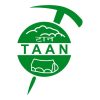

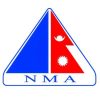
@Copyright 2025 Nature Heaven Treks and Expedition, Kathmandu, Nepal. All Rights Reserved.
Chat with Us